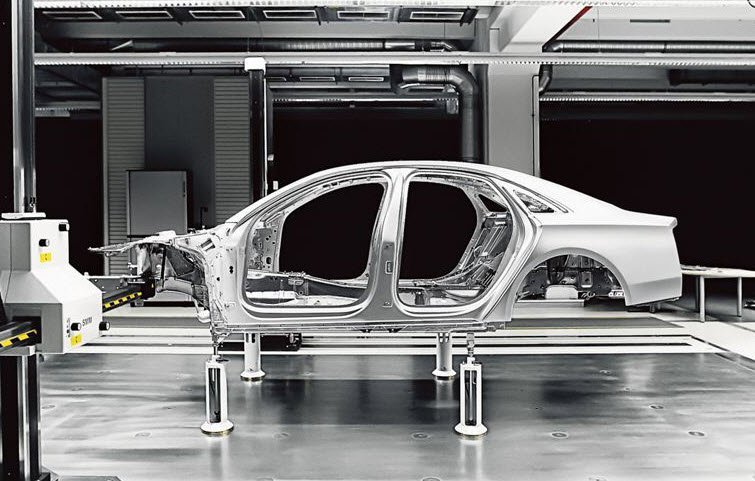Scrap aluminum can now be collected and immediately turned into new car components thanks to an innovative technique invented by the automotive industry, specifically for electric vehicles.

This month, the Department of Energy’s Pacific Northwest National Laboratory, in collaboration with leading mobility technology company Magna, unveils a new manufacturing process that eliminates the need to mine and refine the same amount of raw aluminum ore, saving more than 50% of the embodied energy and more than 90% of the carbon dioxide emissions. Lightweight aluminum can also assist expand the range of electric vehicles.
This patented and award-winning Shear Assisted Processing and Extrusion (ShAPE™) process collects scrap bits and leftover aluminum trimmings from automotive manufacturing and directly converts them into material suitable for new vehicle parts. It is now being scaled to make lightweight aluminum parts for EVs.

The most recent development eliminates the requirement to mix in newly mined aluminum before utilizing it in new components. By lowering the cost of recycling aluminum, producers may be able to lower the overall cost of aluminum components, allowing them to replace steel more effectively.

The ShAPE process is important because it breaks apart metal impurities in scrap without needing an energy-intensive heat treatment step. This alone saves a significant amount of time and creates new efficiencies. This technique produces aluminum components that fulfil automotive industry requirements for strength and energy absorption.
Aluminum is a significant material in the plan to manufacture lightweight cars for increased efficiency, whether it’s expanding the range of an EV or lowering the size of the battery capacity.
Reference- Magna website, Manufacturing Letters research article, Clean Technica, Interesting Engineering, PNNL Media Outreach






